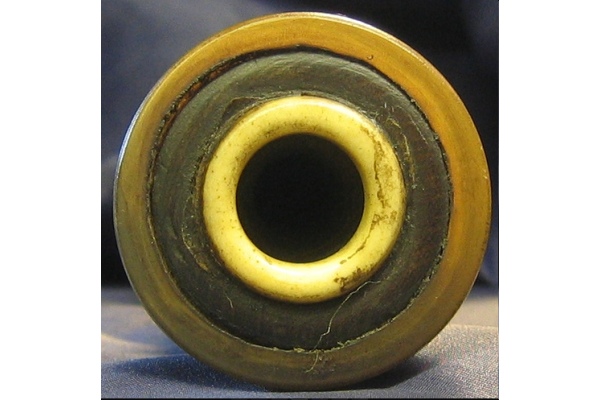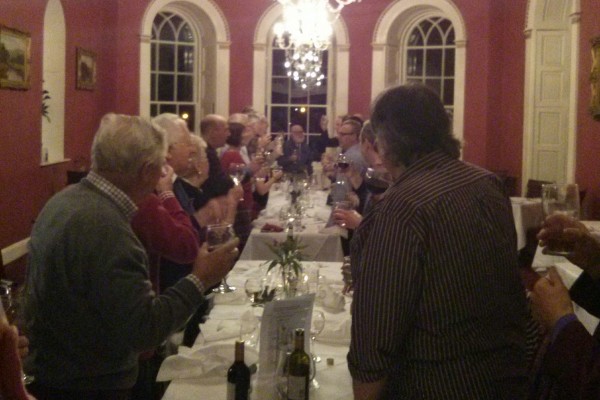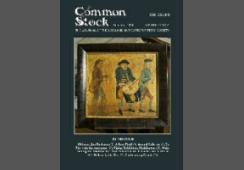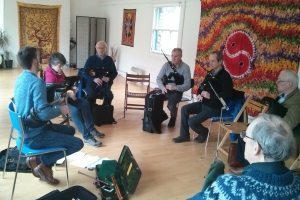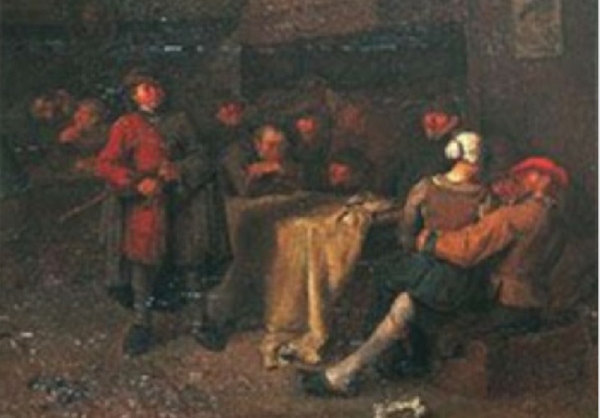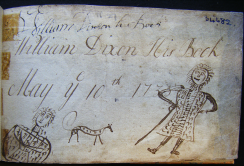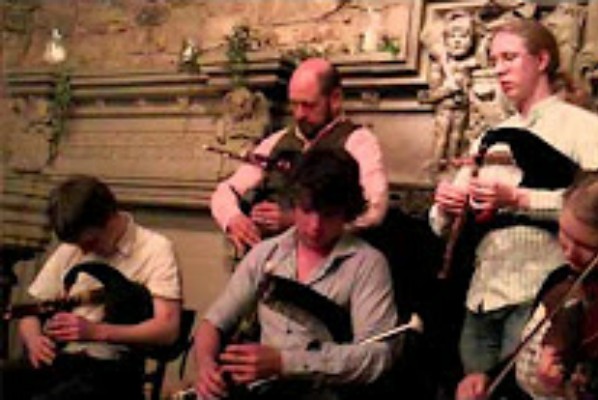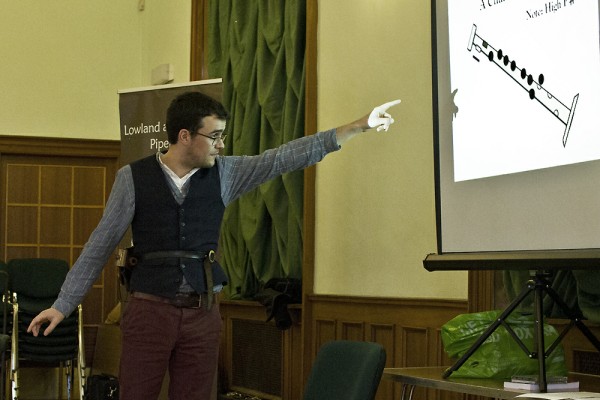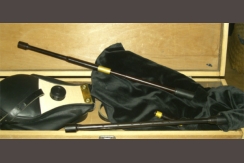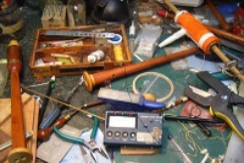Matt Seattle recalls the return of the manuscript and hints of others to comeIt was
Twenty Years Ago Today
William Dixon taught the band to play
The William Dixon manuscript was never hidden, and had indeed been trying to get itself noticed throughout the 20th century. I had been aware of it myself from a mention in David Johnson’s Scottish Fiddle Music in the 18th Century, but it was not until early 1995 and a phone conversation with Charles Gore, editor of the Scottish Fiddle Music Index, that I was actually prompted to look at it.
So, I rang the Library where the book was held and asked Jeremy Duncan, the librarian then in charge of the Athol Collection, if he could let me know the names of the tunes it contained. My jaw dropped by increments as he read through the list of contents over the phone. He agreed to send me a photocopy of the ms and for the next couple of days, every time I went outside for a smoke* Phil Collins was singing in my head
I can feel it coming in the air tonight, Oh Lord
And I’ve been waiting for this moment for all my life, Oh LordI was not disappointed. The information in the Dixon book not only confirmed our existing map of Border piping but went much further and opened up musical territory which had been hidden for nearly three hundred years. Many of you will have a good idea of how Mr Dixon’s musical mystery tour has unfolded since the tunes were published as The Master Piper in November 1995, as many of you have also been on the bus. Some got off at the first stop, some stayed on board, some joined later. It is not a journey for everyone, but there’s always room inside - welcome aboard, or go your own way, as you wish.2
Familiarity with the tunes means that we all have our favourites, as was borne out in the William Dixon Homecoming Concert on 25 April in Stamfordham. I had suggested that we all played Dixon’s Highland Laddie together for the benefit of the audience, as it remains my recommended point of entry for those unfamiliar with the repertoire, but there was little to argue about in terms of our individual items. The programme fell neatly into place, our only problem being that we had more music prepared than time to play it, and each of us left one item out in the second half.
The concert was supported by the Lowland & Border Pipers’ Society and the Northumbrian Pipers’ Society, but was an initiative of the William Dixon Foundation. This is not a constituted organisation but, to quote its Facebook page “The William Dixon Foundation is the proposition that William Dixon's repertoire is the best available foundation for a revitalised Border piping tradition.”3
It is our sense that, thanks to the enthusiastic efforts of many, this foundation is now proven to be sound and readily available for as many as will. It offers a way of playing Border pipes - not the only way, but one which has a discernible line of transmission from the heyday of the tradition and which appeals to many musicians, not only pipers, forming a smaller or larger proportion of their repertoire. But while a building needs a foundation, we don’t live in the foundation, and there are other rooms to explore. Living in Galashiels in the early 2000s, I could hardly avoid noticing the key to a room which kept beckoning me:
“George Syme, was supposed to have been born and bred in one of the Lothians. He was the best piper of his time; he knew the art of producing the high octave by pinching the back hole of the chanter, which was reckoned a great improvement. He was the best piper of his day. He lived about the middle of the eighteenth century.
... ... ...
Sir Walter Scott records, that his uncle, Mr Scott, “died at Monklaw, near Jedburgh, at two of the clock, 27th January 1823, in the 90th year of his life, and fully possessed of all his faculties. He read till nearly the year before his death; and being a great musician on the Scotch pipes, had, when on his death-bed, a favourite tune played over to him by his son James, that he might be sure he left him in full possession of it. After hearing it, he hummed it over himself, and corrected it in several of the notes. The air was that called Sour Plums in Galashiels.” ”
Even with this key it would be some time before I could open the door, but in a roundabout way William Dixon’s forty tunes provided the WD40 which would ease the lock. Living in Galashiels, with the aspiration to be a Border piper, I could hardly look myself in the bathroom mirror if I couldn't play the town tune which requires “the art of producing the high octave by pinching the back hole of the chanter”. I needed the help of Geordie Syme, but as he was unavailable I would have to explore other channels. It took a while, but I received help, I learned to play the Sour Plums, and also eventually to find Geordie Syme’s paircel o tunes. The paircel, and the manner in which I found it, will be revealed in its time of fullness.
Matt Seattle
Hawick, 25 May
